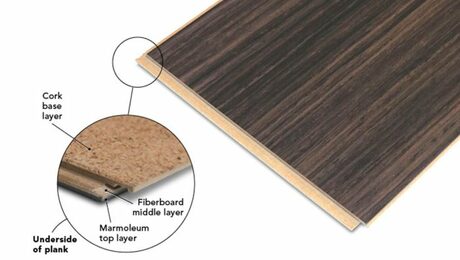Basement ventilation
While I have not done an exhaustive search on GBA, I can tell that basements and airflow/ventilation are a popular topic. I live in a ranch style home in Northeastern Ohio that has a full unfinished attic and full unfinished basement. The house is heated with a boiler and baseboard heat. Prior to this summer, the house had no ductwork. In April we had AC installed with all the ductwork being installed in the attic. We also had our home waterproofed. To be clear, we had a company dig around the outside perimeter of the house and replace all the old clay drainage tile.
My question is this. My basement has no ductwork. It does have a few baseboard heaters. We would like to put a bedroom downstairs but I am worried about air quality and air flow. What would be the most cost-effective way to ensure air quality?
Thank you, Kimberly
GBA Detail Library
A collection of one thousand construction details organized by climate and house part









Replies
Bedrooms have some code specific requirements for daylighting and window sizing- do your homework on that before committing.
What worked for ventilation my (non-bedroom) full basement was a pair of ductless Lunos E2 (about a grand from 475 High Performance Building Supply, plus switches & wiring, etc.) one on the southern-most wall, the other on the northern-most wall (of an oddly shaped foundation footprint.) To meet the vertical spacing minimums required making ~7" holes through the poured concrete walls, which would have been quick but expensive with a rented concrete coring machine, do-able but tedious with a heavy-duty hammerdrill. (In my case buying the heaviest-duty Harbor Freight hammerdrill turned out to be cheaper than renting a well-worn Milwaukee from the local tool rental places for a couple of days... Did I mention it's tedious? :-) ) It would be much easier to drill a hole that size in a CMU foundation wall. All-in it was still less than $1400 as a DIY (including the drill.)
Exhaust-only ventilation would be a lot cheaper & easier, but runs the risk of pulling in soil gases (including radon), which makes for a less attractive option for basement ventilation.
A self-reversing single HRV such as the TwinFresh RA1502 ( http://vents-us.com/cat/704/ ) would have less of a depressurization issue than exhaust-only, and would guarantee that the vast majority of the ventilation air entering the room came via a clean path, not the soil, not the furnace flue, etc. It has the same drilling-through-foundation issues as a Lunos E2, but it's only one hole, and it's a smaller hole at that (MUCH reduced tedium), and it's less than half the cost of the smallest Lunos solution (~$410 from the big orange box store- might be cheaper elsewhere.) But it only ventilates one room, not the whole basement.
Dana - We had an egress window installed which meets the Ohio Revised Code requirements. Ventilating one room might be enough. I will look into that. Thank you!
Kimberly,
Although Dana's experience is instructive, it should also be said that duct penetrations for ventilation systems can also be routed through a rim joist. If you go this route, you'll be drilling through a 2x10 instead of 8 inches of concrete.
The issue with the Lunos or similar is the minimum clearance requirement to the ceiling. Ducted solutions can go through the band joists, but the ductless solutions can't.
The ducted Panasonic FV-04VE1 single-room ERV would work in warmer climates, but if used in winter it would be susceptible to frost damage in US climate zone 5 (NE OH), per the manufacturer's installation manual (see page 8: http://www.ideadigitalcontent.com/files/12209/FV-EB04VE1_Installation_manual.pdf )
I'm not aware of an inexpensive easy to install, easy to set up & maintain ducted solution to get around the foundation drilling issue. (Maybe a $500 Fantech?) Unless you're setting it up to ventilate the whole basement even the smallest ducted HRVs are kinda overkill, but would allow you to install it somewhere other than the basement bedroom, ducting it to the bedroom.